
Aphrodita is a genus of marine polychaete worms found in the Mediterranean sea and the eastern and western Atlantic Ocean.

The Terebellidae is a marine family of polychaete worms, of which the type taxon is Terebella, described by Carl Linnaeus in his 1767 12th edition of Systema Naturae.

Nephtys is a genus of marine catworms. Some species are halotolerant to a degree in that they can survive in estuaries and estuarine lagoons down to a salinity of 20 psu.
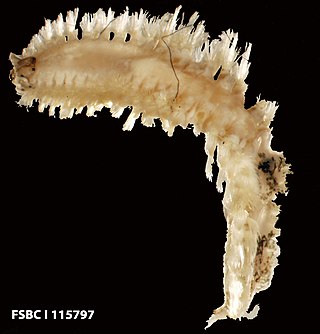
Harmothoe is a genus of marine Polychaete worms belonging to the family Polynoidae. Species of Harmothoe are found world-wide to depths of at least 5,000 m but are more common in shallower water.
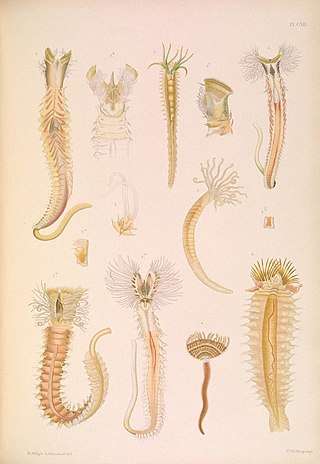
Ampharetinae are a subfamily of terebellid "bristle worm". They are the largest subfamily of the Ampharetidae, of which they contain the great majority of the described genera.

Phyllodoce is a genus of polychaete worms, which contains about 200 species. The prostomium bears eyes, two pairs of antennae and a pair of large retractile nuchal organs. The eversible proboscis is clearly divided into two parts.

Diopatra is a genus of polychaete worms in the family Onuphidae.

Amphinomidae, also known as the bristle worms or sea mice, are a family of marine polychaetes, many species of which bear chaetae mineralized with carbonate. The best-known amphinomids are the fireworms, which can cause great pain if their toxin-coated chaetae are touched or trodden on. Their relationship to other polychaete groups is somewhat poorly resolved.
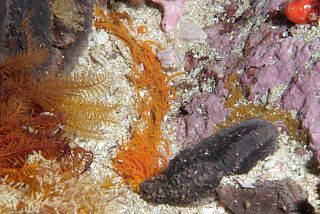
Cirriformia is a genus of marine polychaete worms in the family Cirratulidae.

Chloeia is a genus of marine polychaete worms.

Ceratonereis is a genus of polychaete worms from the family Nereididae.

Eulalia is a genus of polychaete worms.

Syllidae, commonly known as the necklace worms, is a family of small to medium-sized polychaete worms. Syllids are distinguished from other polychaetes by the presence of a muscular region of the anterior digestive tract known as the proventricle.
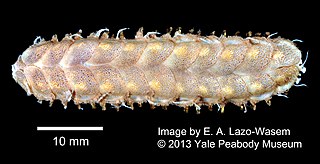
Lepidonotus is a genus of marine annelids in the family Polynoidae. The genus occurs globally and includes 80 species, usually found in shallow waters down to about 80 metres.

Maldanidae is a family of more than 200 species of marine polychaetes commonly known as bamboo worms or maldanid worms. They belong to the order Capitellida, in the phylum Annelida. They are most closely related to family Arenicolidae, and together form the clade Maldanomorpha.
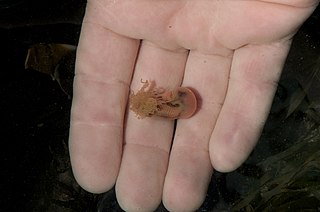
Thelepus is a genus of polychaetes belonging to the family Terebellidae.
Cirratulus is a genus of annelids belonging to the family Cirratulidae.

Odontosyllis is a genus of annelids belonging to the family Syllidae.
Lumbrineris is a genus of polychaetes belonging to the family Lumbrineridae.

















